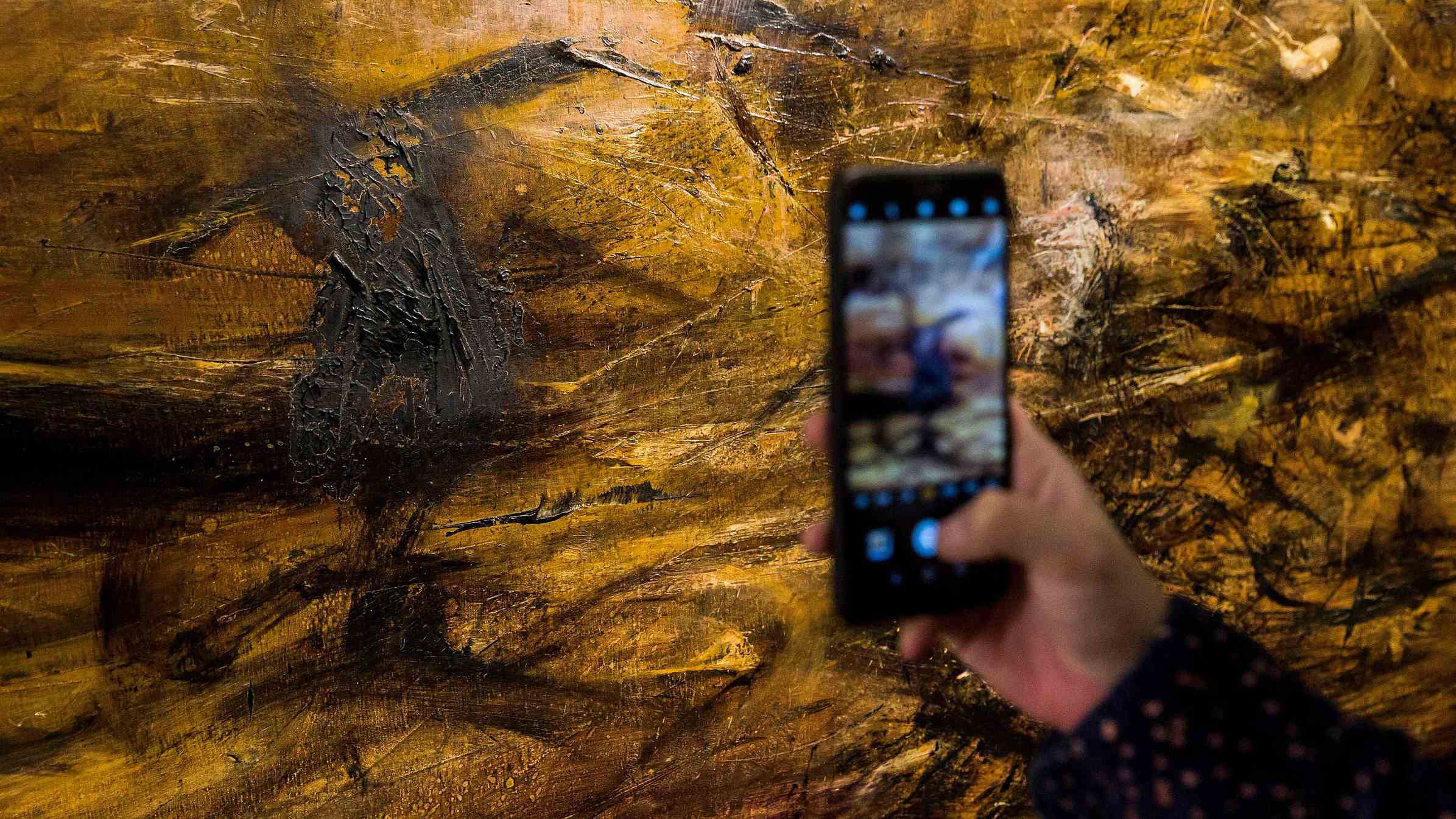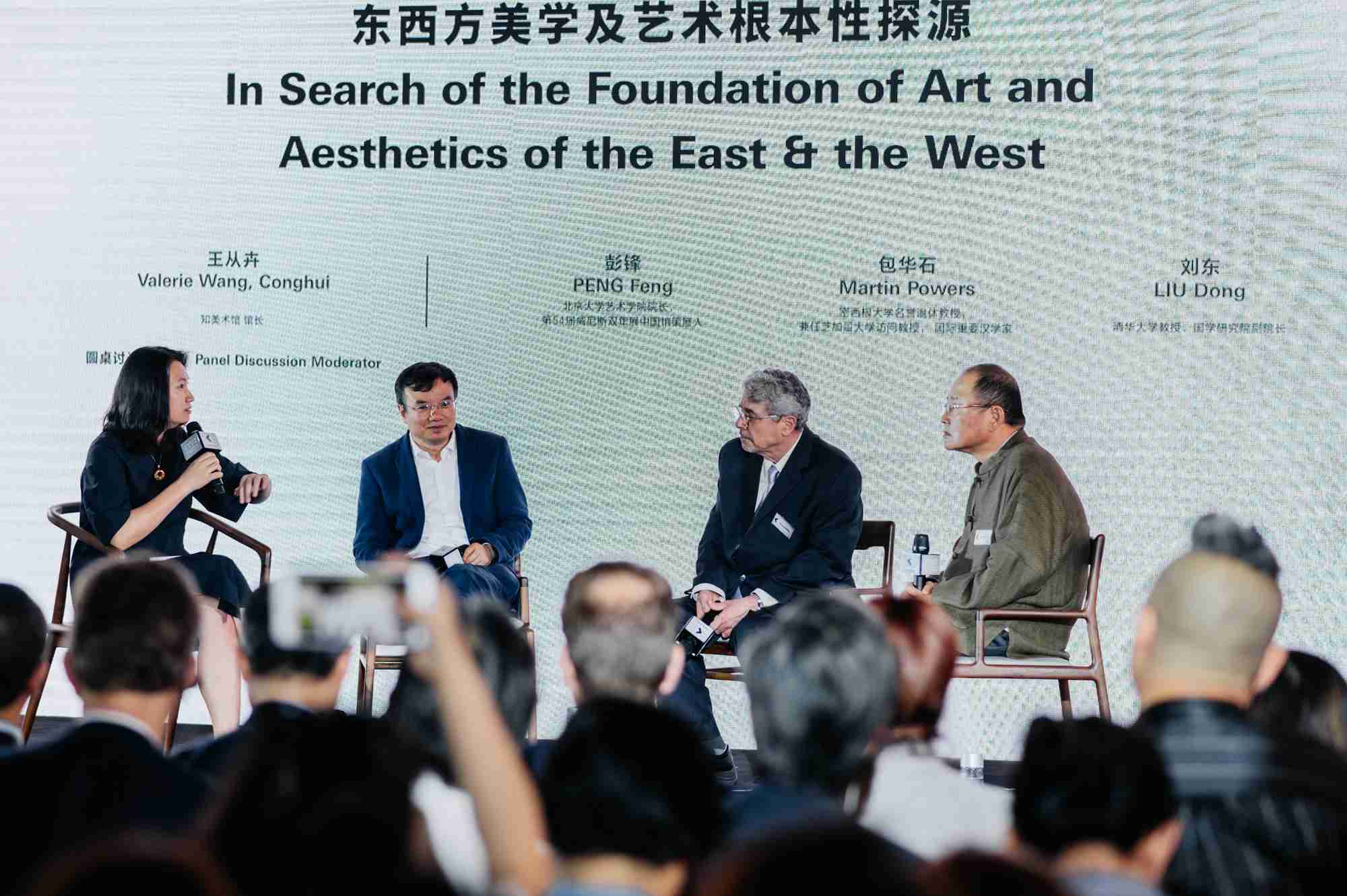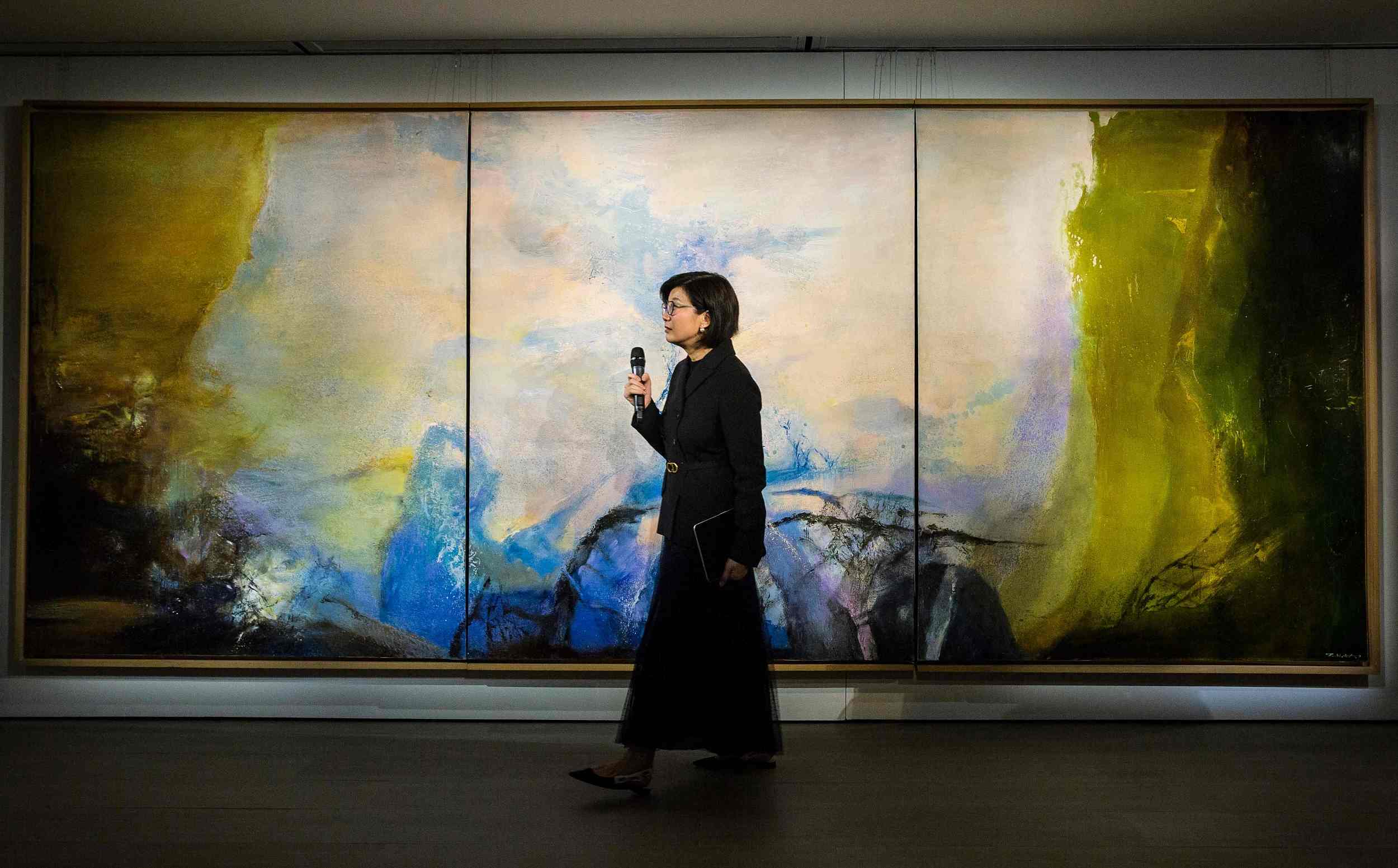
Art
18:12, 26-May-2019
Is it time to relook Asian art?
By Tao Yuan
02:16

"Should and can art be categorized into East and West?" "What is Eastern art and Eastern aesthetics?" "Who defined and created Eastern art?" – These are some of the questions a forum on Asian art in southwest China sought to answer, perhaps in vain as participants noted.
The Asia Museum Forum, dubbed Open East, is organized by a private gallery called Zhi Art Museum on the outskirts of Chengdu City, southwest China's Sichuan Province.

Industry experts of Asian art hold a panel discussion at Zhi Art Museum in southwest China's Chengdu City. /CGTN Photo
Industry experts of Asian art hold a panel discussion at Zhi Art Museum in southwest China's Chengdu City. /CGTN Photo
"It's no longer the case that someone being trained in contemporary art can afford to only study American and European art," Martin Powers, professor emeritus at the University of Michigan and a sinologist speaking at the forum, told CGTN, commenting on the rise of modern Asian art as a collecting category.
"In the past decade or more, the Guggenheim especially has had more shows not only on China but on individual artists in China."
The impact can also be felt in the booming trade in Asian art. Last year, Zao Wou-ki, a late Beijing-born French-Chinese impressionist master who's known for blurring the line between the East and West, became the world's third best-selling artist after Picasso and Monet, with an annual auction turnover of 327 million U.S. dollars.
The forum featured some of the world's leading scholars and industry experts of Asian art. The goal, according to the gallery's media briefing, is to explore how the creation, collection, and research of Asian art should be reoriented in the context of globalization and digitization.

A member of Christie's speaks at a media preview for the unveiling of "Triptych 1987-1988" by artist Zao Wou-Ki in the central district of Hong Kong on March 25, 2019. /CGTN Photo
A member of Christie's speaks at a media preview for the unveiling of "Triptych 1987-1988" by artist Zao Wou-Ki in the central district of Hong Kong on March 25, 2019. /CGTN Photo
"In our process of building the collection, we've decided there are many questions that need to be answered," says Valerie Wang Conghui, director of Zhi Art Museum, a young gallery with a heavy focus on Asian contemporary art. "This forum is something we have to do to search for answers."
"The overall environment for the study and promotion and Asian art has been continuously improving over the past 20 year," noted Shen Kuiyi, vice chair and director of PhD program of Visual Arts Department at the University of California, San Diego who also spoke at the forum, adding that the study of Asian art is now a global issue.
"In this environment, particularly with escalating trade war (between China and the U.S.,) the cultural and artistic exchange becomes even more important," Jay Xu, director of the Asian Art Museum of San Francisco told CGTN at the forum. "In the end, we are all people, and people appreciate great human achievements. No matter how far people are apart, we have the capability of really appreciating human ingenuity expressed through great works of art."

SITEMAP
Copyright © 2018 CGTN. Beijing ICP prepared NO.16065310-3
Copyright © 2018 CGTN. Beijing ICP prepared NO.16065310-3